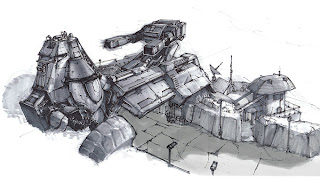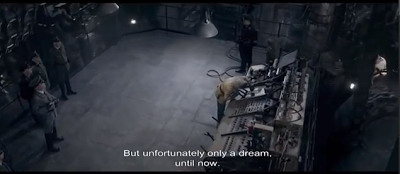I have recently seen the film Star Trek into Darkness, a film featuring an extensive use of VFX produced by Industrial Light and Magic.
Whilst the bridge of the Enterprise is in fact a physical set on a sound stage, there are many holographic projections to be found throughout the ship, these would have to be added in digitally.
A portion of the film takes place within a futuristic version of London. This vision of london will have been created digitally, however it would need to still recognisably be London. In order to do this many design cues were taken from the existing architecture of london, as well as planned sky scrapers being built. Also existing landmarks would be placed between the digitally created buildings, to allow the viewer to visually know that this is in fact London.
Similar to the holographic projections on the bridge of the Enterprise, space suits also utilised a HUD located on the Visor of the helmets.
Several scenes set in cities on Earth would have used virtual set extensions to create the illusion that it is indeed a futuristic version of the city in which the scene takes place.
In future projects of my own, I feel I would pay more attention to the concept stage in order to create a more believable environment similar to the futuristic london used in the virtual sets of the film.


















































